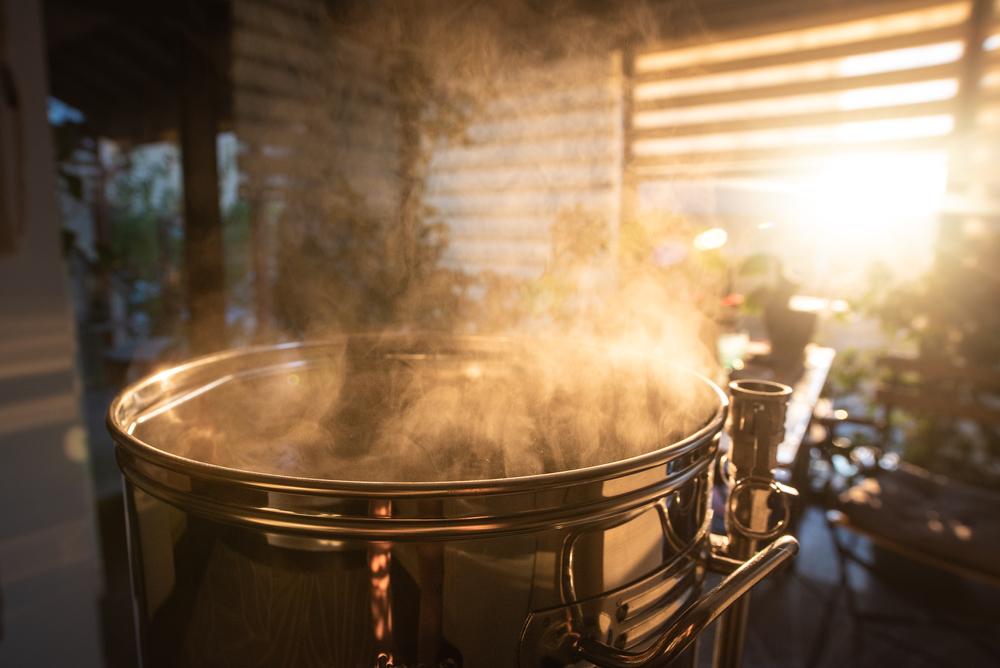Some scientists believe beer was created by accident, when grains collected by prehistoric hunter-gatherers were inadvertently exposed to water and subsequently fermented, creating a liquid that has since evolved into what we call beer. The oldest records of beer were discovered by archeologists in the ancient Sumerian city of Umma in present-day Iraq, dating to around 2050 B.C.
As one of the top five beverages enjoyed worldwide today, an estimated 6.3 million gallons of beer were consumed in the United States in 2020, produced by more than 9,000 breweries.






